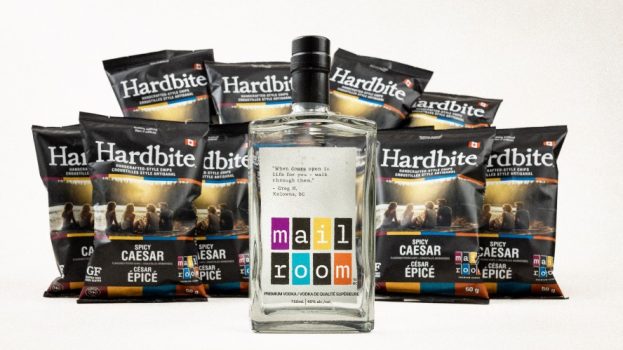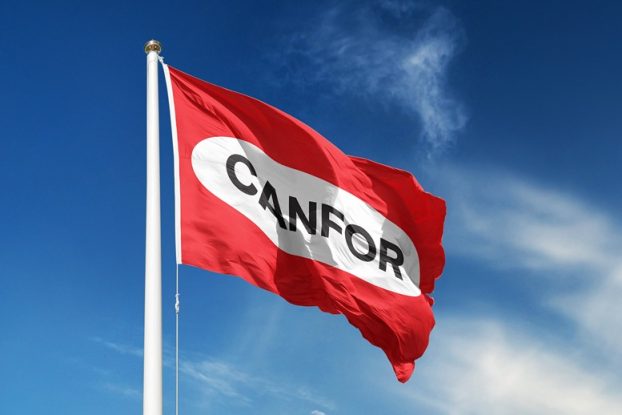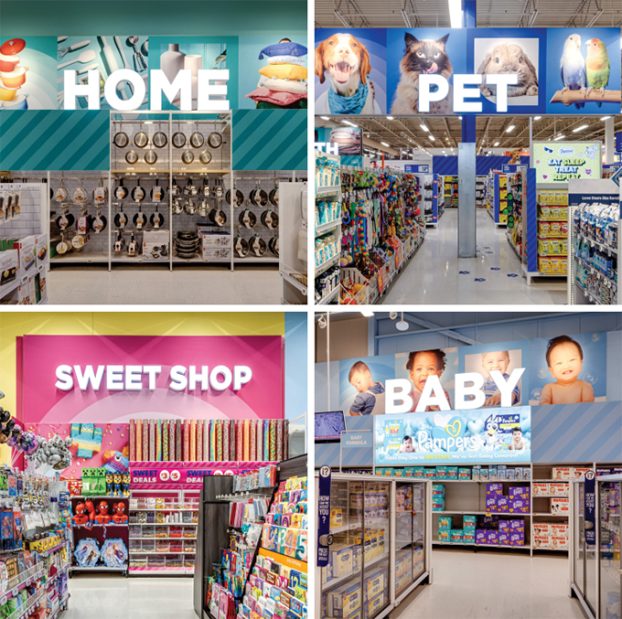
Kraft Heinz reported a 25% hike in ad spend, while also announcing leadership and organizational changes Wednesday morning.
The company, which reported a net sales boost to $6.57 billion for the quarter ending Sept. 30 (from $6.51 billion a year prior), claims it hiked ad spend by 25% in Q3, including advertising expenses and market research costs.
In this morning’s investors call, Kraft Heinz CEO and chair of the board Miguel Patricio said the quarter saw a “significant” investment in marketing. He also shared that Kraft Heinz is “embracing a holistic and sustainable approach to marketing, inserting ourselves into culture.” The company noted that it was the most awarded food brand in Cannes this year, and the fourth most awarded overall, after Apple, Dove and Heineken.
North American organic net sales declined 0.1% versus the prior year, brought down by its meat and cold cuts performance. However, the company’s GROW platforms – which includes Taste Elevation, Easy Meals Made Better, and Real Food Snacking and brands like Kraft, Philadelphia and Velveeta – grew 3.3%. Kraft Heinz said it would prioritize its marketing spend hike on GROW.
Kraft Heinz also announced a leadership shakeup, naming Pedro Navio EVP and president, North America. Navio will succeed Carlos Abrams-Rivera who, as the company had already announced, will serve as the Kraft Heinz CEO.
Navio has been with Kraft Heinz since 2017, and is currently president, Taste, Meals, and Away From Home, in North America. Prior to Kraft Heinz, Navio spent more than 15 years at Red Bull, most recently as CEO of Latin America.
Kraft also reported that it’s establishing global leadership teams for its Growth and Omnichannel functions.
Finally, the company restructured its International Zone in an effort to “preserve the company’s local agility while leveraging support, expertise, and resources from its scale.” These zones include Europe and Pacific developed markets, West and East emerging markets, which includes LATAM, Eastern Europe, and the Middle East, as well as Asian emerging markets, which includes its Asian businesses outside of Japan and South Korea.























